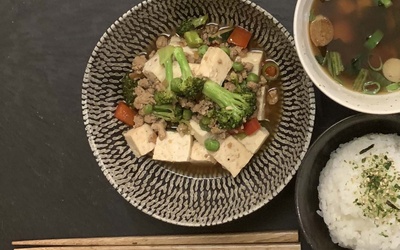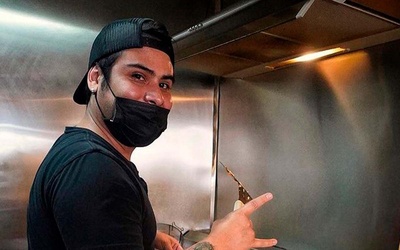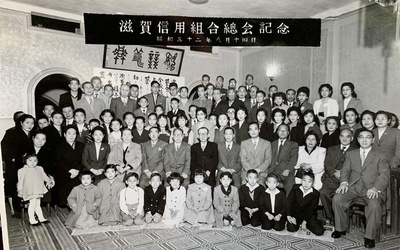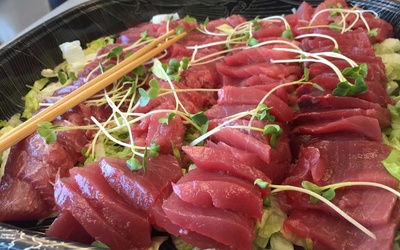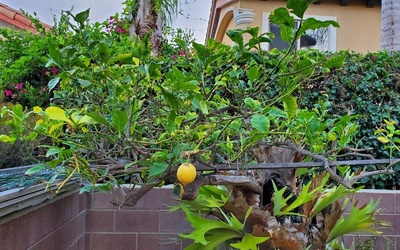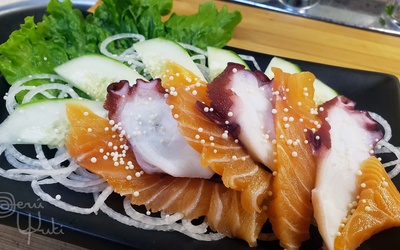Nikkei Chronicles #11—Itadakimasu 3! Nikkei Food, Family, and Community
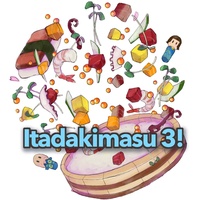
The theme of the 11th edition of Nikkei Chronicles—Itadakimasu 3! Nikkei Food, Family, and Community—takes a look at several questions, such as: How does the food you eat connect your Nikkei community? What kinds of Nikkei recipes have been passed down from generation to generation? What is your favorite Japanese and/or Nikkei dish?
Discover Nikkei solicited stories related to Nikkei food from May to September 2022. Voting closed on October 31, 2022. We received 15 stories (8 English; 1 Japanese; 6 Spanish; and 1 Portuguese) from Brazil, Canada, Peru, and the United States, with one submitted in multiple languages.
An editorial committee chose a favorite story in each language. In addition, a Nima-kai favorite was determined by online community voting. Here are the selections!
Editorial Committee’s Favorites
- ENGLISH:
Food for Thought—TikTok & Tamagoyaki - By Kyra Karatsu
- JAPANESE:
Intercultural Communication Through Sushi
By Keiko Fukuda - SPANISH:
Nantu, the Mochi from Uchina
By Roberto Oshiro Teruya - PORTUGUESE:
Japanese-Brazilian Food: Japanese Cuisine with a Brazilian Touch
By Meiry Mayumi Onohara
Nima-kai Favorite:
- 18 Stars
Japanese-Brazilian Food: Japanese Cuisine with a Brazilian Touch
By Meiry Mayumi Onohara
To learn more about this writing project >>
*This series is presented in partnership with:

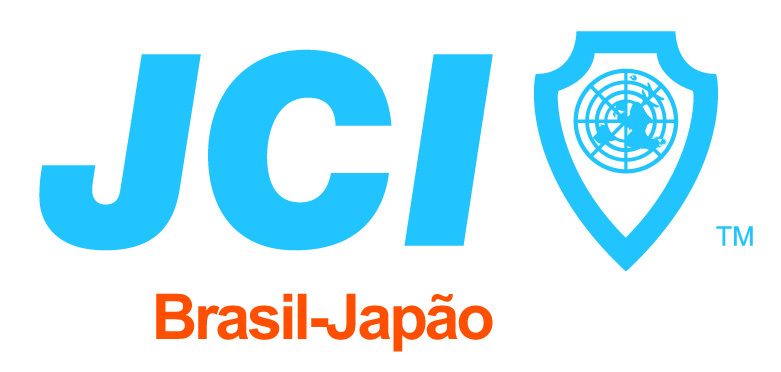
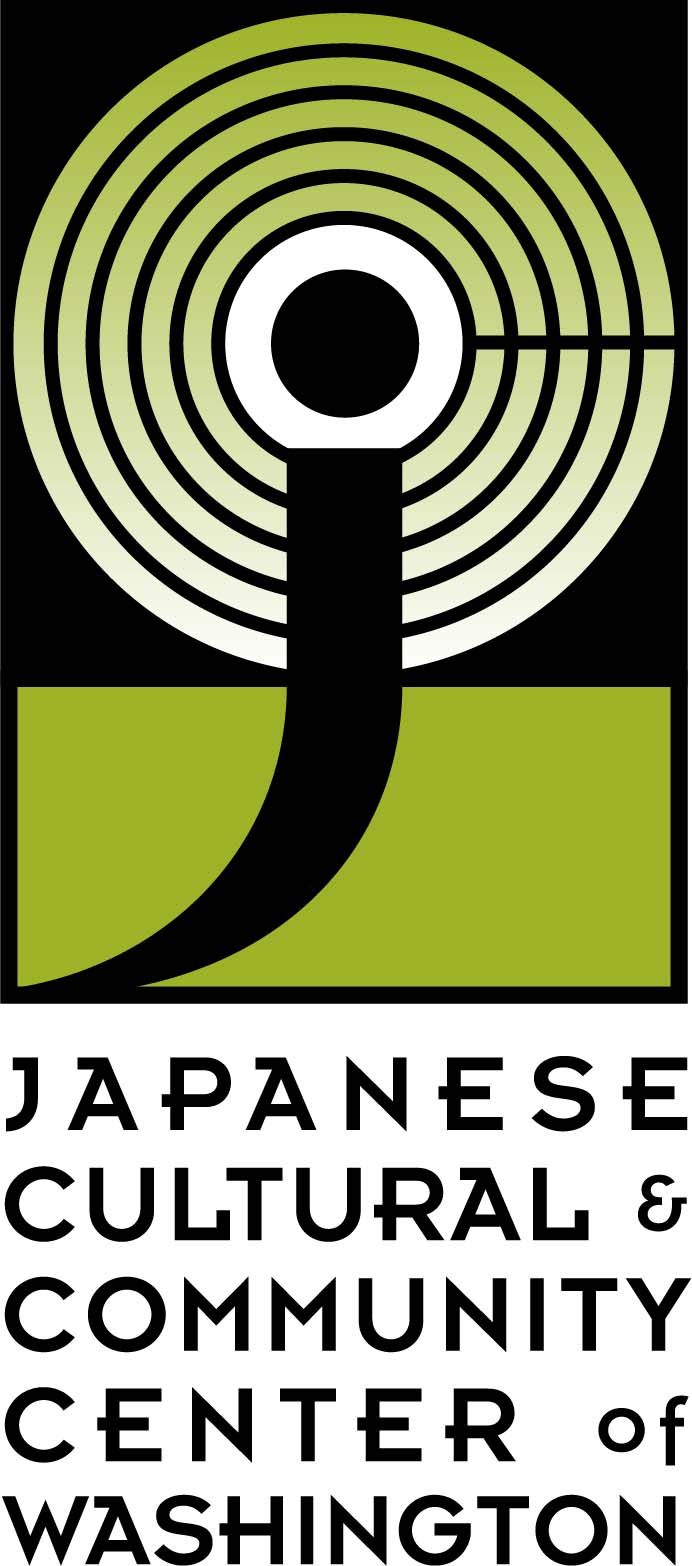
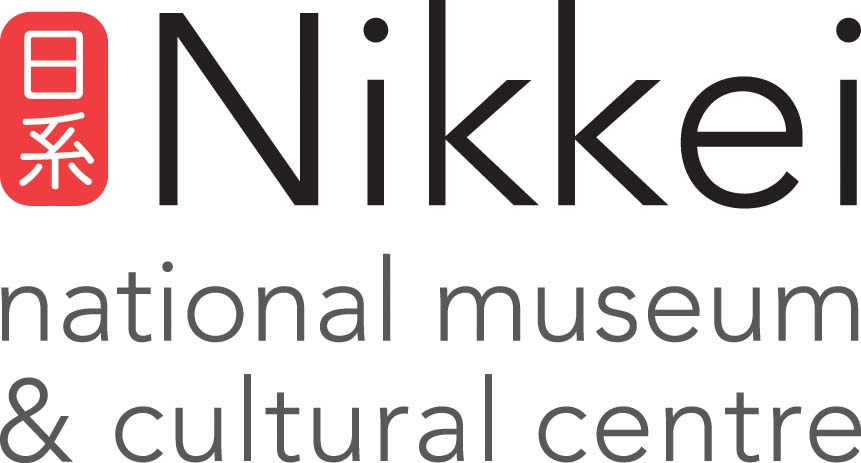
Check out these other Nikkei Chronicles series >>
*Logo design by Jay Horinouchi
Stories from this series
Leftovers
Oct. 12, 2022 • Marsha Takeda-Morrison
“Nokorimono,” my mom said disdainfully. Leftovers. She was emphasizing the rule in our house as she often did, that yesterday’s food was perfectly fine for family, but not good enough to be served to guests. I was in middle school, and had just told her that a classmate would be coming over to work on a project. I had mistakenly asked if we could finish off the croquettes she’d made for dinner the night before. She bristled at the audacity …
unique fusion
Oct. 10, 2022 • Mya Sánchez Penedo
Daniel Shimidzu was three years old when he arrived in Peru from Japan. Like many other dekasegi, his family had decided to travel to the country of their ancestors to work, and it was in those lands where the fourth generation Nikkei was born, grew up and had his first encounters with Japanese food. In his most pleasant memories, flavors appear such as the onigiri that his grandfather prepared before going out for a walk, or the stew similar to …
New Year's aromas
Oct. 7, 2022 • Arturo Wakabayashi
My grandparents, Tatsuzo and Kinu Wakabayashi, natives of Hikone- shi and Shigaken , arrived in the city of Lima through yobiyose , or called by another immigrant, established at the beginning of the 20th century. They had six children, my father Francisco Tatsuo, the eldest, and five daughters: Aiko, Laura Fusako, Isabel Shizuko, Rosa Sueko and Luisa Toshiko. According to the custom of Japanese immigrants, my father and his sister were sent to study in Japan, returning to Peru alone, …
JANM Sashimi Potluck Lunches: Extended A Pre-WWII Tradition
Oct. 4, 2022 • Chris Komai
Most people appreciate that anyone who works for a reputable nonprofit organization is unlikely to get rich. But the intangible rewards for those who feel the satisfaction of helping to fulfill a worthwhile mission often surpass the limited monetary compensation. And if you’re lucky, you might gain access to tangible benefits unique to the Japanese American nonprofit community. As someone who worked for the Japanese American National Museum (JANM) for over 20 years, I witnessed a series of remarkable summer …
Tree of Lemon
Sept. 18, 2022 • Chiana Fujiwara
Before the current tree came into bloom, its predecessor was flourishing elsewhere long before. The predecessor's keepers, a large Sansei sharecropper family, had to make the best of what they grew while still hoping to remain true to their ancestral roots. They were residing in shacks on other peoples’ land, then to a small barrack across the country barely capable of keeping itself intact, and soon back to a new shack as tiny as ever. Feeding the family a dinner …
Creole Sashimi
Sept. 16, 2022 • Yuki Nakandakari
It's September and I want to tell you a very personal story about a perfect dish for these hot times of year. It is Creole sashimi . A dish that brings back many childhood memories, anecdotes about my father, my Oji (grandfather in Japanese), my Japanese family, etc. Sashimi is a Japanese dish prepared with finely cut raw fish and/or shellfish. The word Sashimi in Japanese refers to “tasting an ingredient for itself.” The protein is served with a sauce …

